

Fiberline Building Profiles A/S
The bridge measures 39,7 x 2,2 m and is a so called hybrid bridge using both fiberglass and steel. The bridge consist a fiberglass bridge deck, which with its high durability ensures a waterproof cover for the steel substructure. The stairs are also made of steel and fiberglass. The total weight of the bridge is 14 t and was prefabricated as three modules that were lifted into place by a crane.
While much has happened in bridge building since the first composite bridge in Scandinavia in 1997, public-sector players are today still motivated by the same considerations when choosing a composite bridge, i.e. freedom from maintenance and the light weight. This was also the case with Fiberline's latest bridge, an almost 40 m long hybrid that will replace an existing bridge across the railway at Kokkedal north of Copenhagen.
Banedanmark, the company responsible for Danish railway infrastructure, was advised by its consultants COWI to choose a GFRP bridge deck for reasons of future maintenance. Banedanmark normally uses decks of concrete or steel.
Finn Jensen, Project Manager, COWI:
"If using GFRP means freedom from painting the bridge deck throughout the life of the bridge, then we have made the right decision for Banedanmark and not least for the passengers using the railway by recommending this future-proof solution."
The Kokkedal bridge spans one of Denmark's busiest railways that carries 10 million passengers a year to and from Copenhagen and the Öresund region. Maintenance works on bridges, which cross railways frequently cause train cancellations and disruptions for passengers. Using fibreglass, COWI expects the bridge deck to be maintenance-free throughout the life of the bridge.
In 1997 the loading limits were calculated very conservatively, and for safety reasons the first bridges were ultimately overdimensioned. Nowadays, however, Fiberline has a much more profound knowledge of composite and a better understanding of how to use it, for example to create slimmer and lighter bridge structures. This has been achieved by strengthening the bridge deck itself and by use of carbon fibre lamellas to reinforce the substructure. This harnesses the greater stiffness of carbon fibre and means that fewer materials can be used to create a more rigid bridge structure and thereby increase the span. In this way, Fiberline is responding to future demands for faster assembly and greater design freedom.
According to Rambøll's Niels Tornsberg, who among others was involved in the first composite bridge in 1997, fibreglass will in the future be competitive with conventional building materials:
"The greatest potential lies in pedestrian bridges and bridge deck replacement. This is because fibreglass has a high strength to weight ratio, which offers advantages in terms of deck lightness and easier handling. In future, fibreglass will also become increasingly popular in special projects where the load on the substructure is already at maximum or where there is a need for high corrosion resistance, for example offshore."
The bridge was prefabricated and transported as large modules to the erection site where they were easily lifted into position. This reduces erection time significantly, which was of great significance since the bridge had to be erected during the same time slot as scheduled track work and thereby minimise disruption to rail services. The bridge was lifted into place by crane in just 30 minutes.
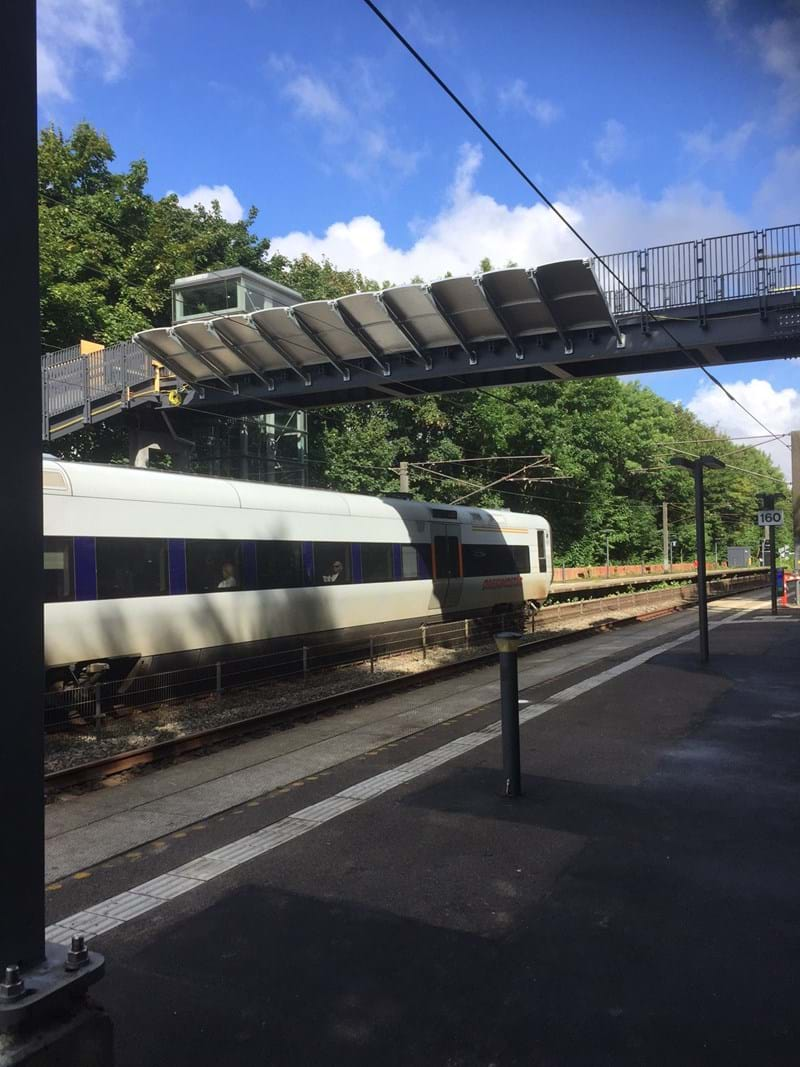
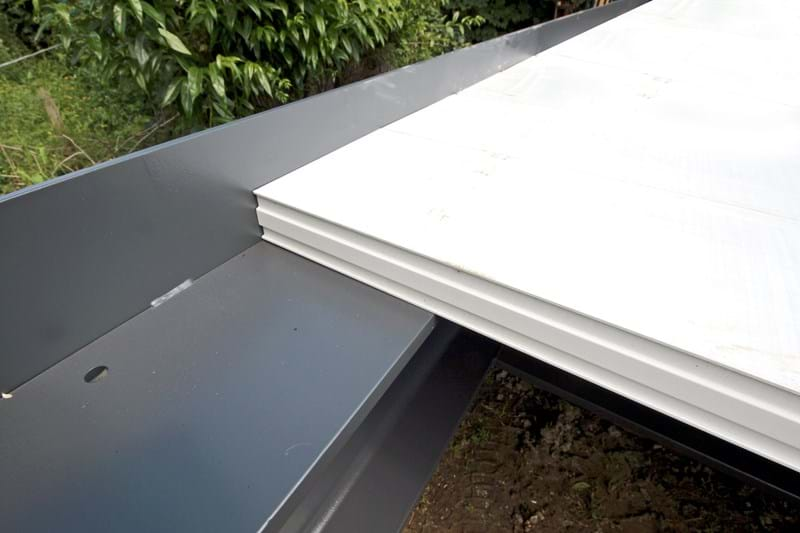
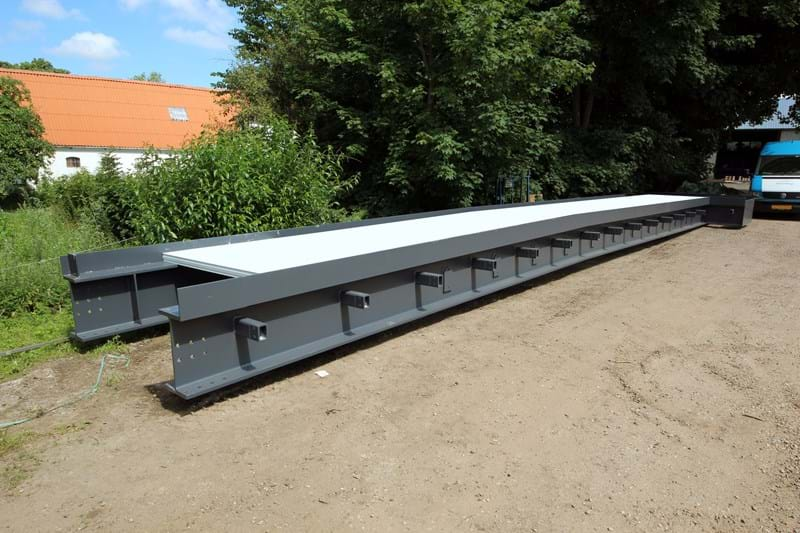
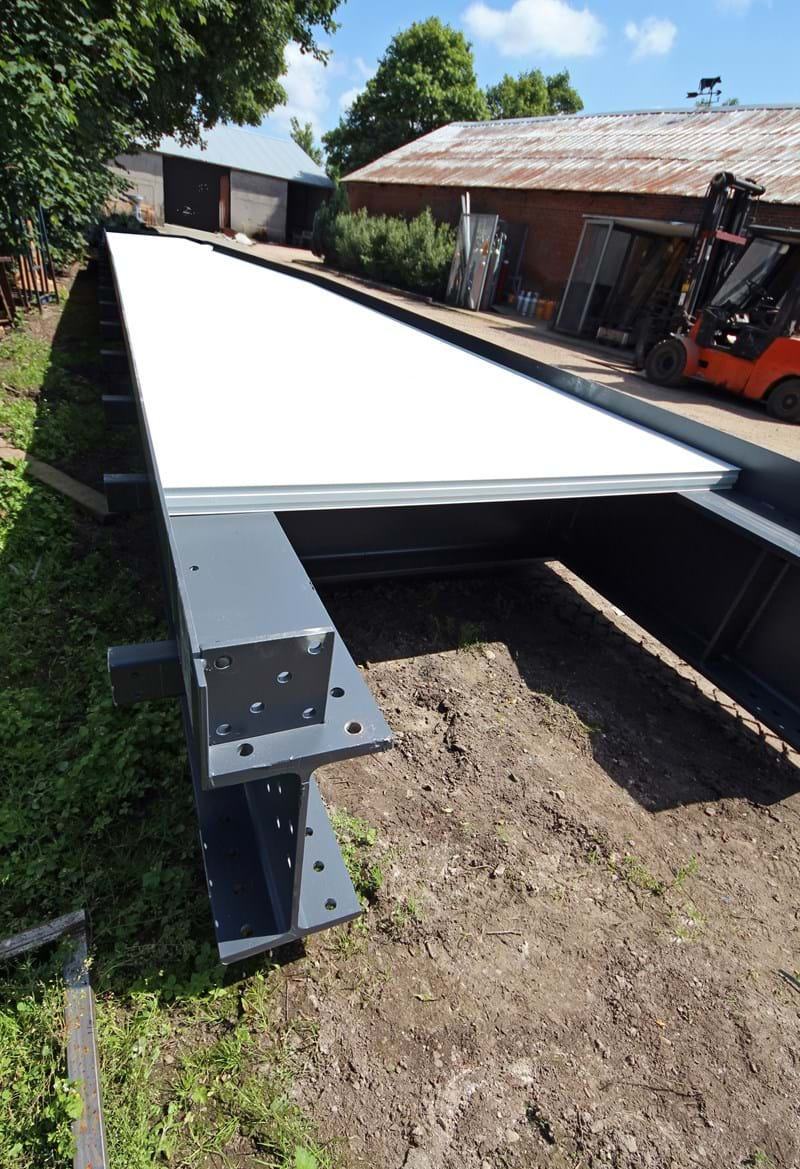
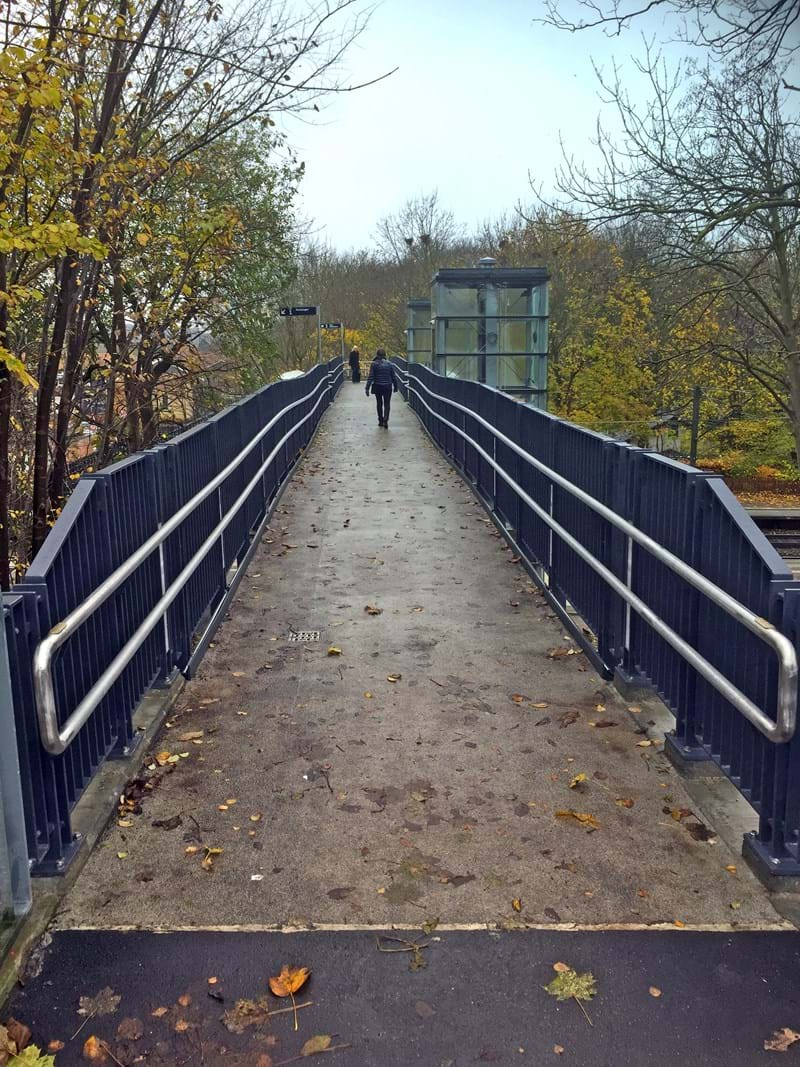





Learn more about fibreglass for bridges and bridge handrails.